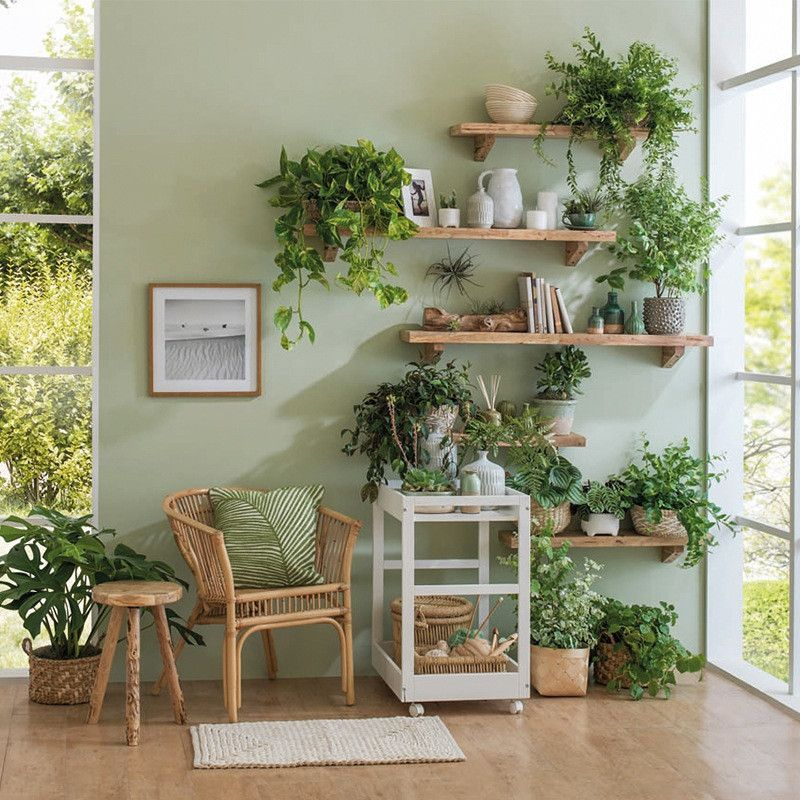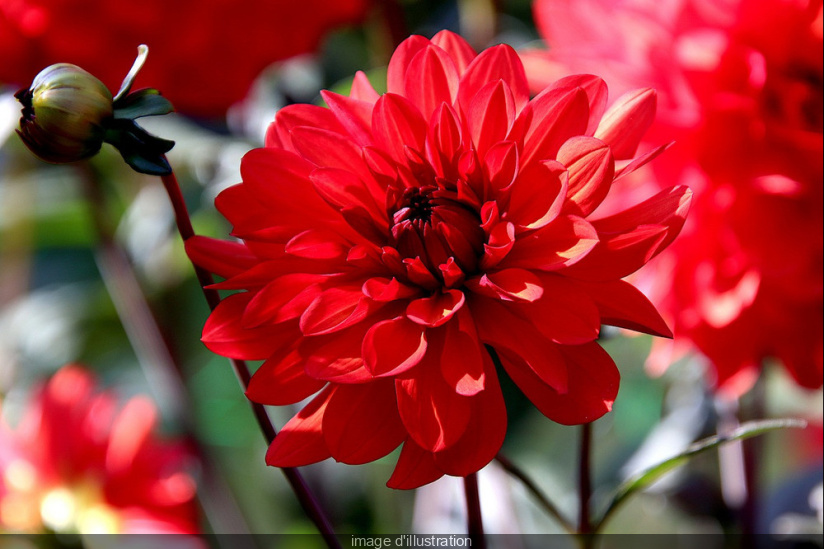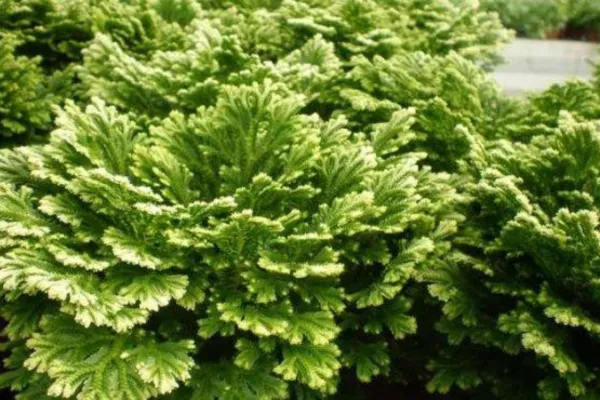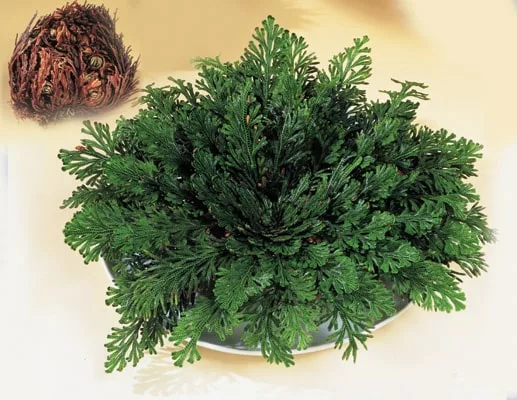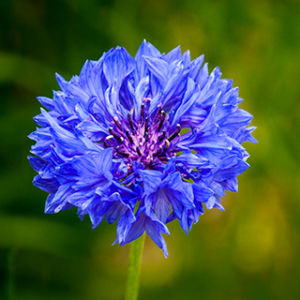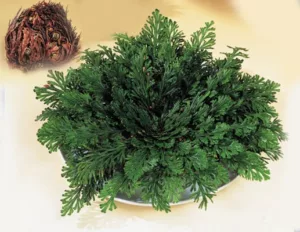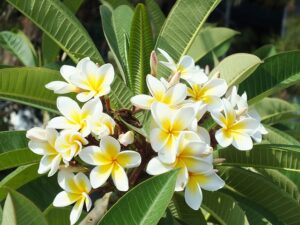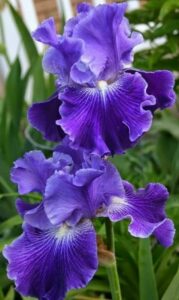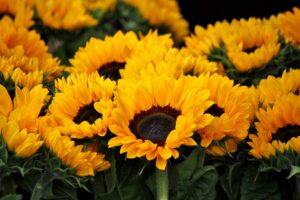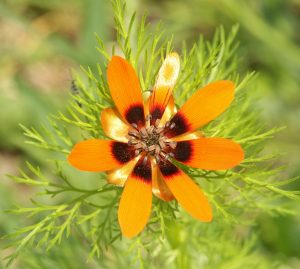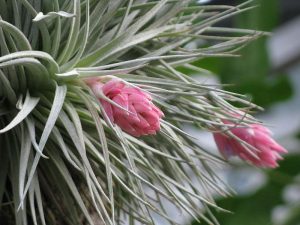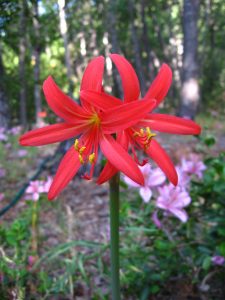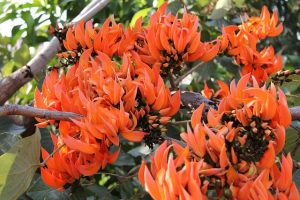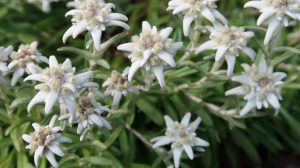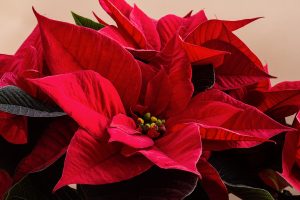Indoor plants: the best options to decorate your home
We are always looking for plants to decorate the interior of our home, but sometimes we are not sure how to choose which plant is the best and most resistant according to the conditions and characteristics of the home. This time I propose some plants that are adapted to the interior and are very resistant: Indoor plants.
African violet
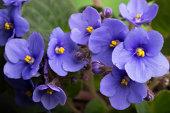
It is one of the indoor plants that can give us their flowers throughout the year. Its scientific name is Saintpaulia, its species are commonly called African violet, it is a genus with 6 species belonging to the Gesneriaceae family native to Tanzania and southeastern Kenya in tropical eastern Africa, with a concentration of species in the Nguru Mountains of Tanzania . We can find them in different colors, not only in the violet color that gives it its name; They can be white, blue and deep purple but also in light and intense pink.
Adam’s Rib
This plant has its name because its leaves are shaped like ribs. Its scientific name is Monstera deliciosa and it is native to Mexico. When we have it indoors it needs a bright place and outdoors it prefers to be in the shade, without exposure to direct sun. When it is grown in a pot indoors it will not flower, however in the garden after 3 years it blooms between May and October. The flowers are large, spathe-shaped and cream-colored.

Mother-in-law’s tongue
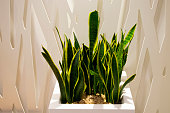
This is one of the indoor plants that is very easy to grow, very resistant to various temperatures. Its colors add vitality to any corner of the premises. Its scientific name is Sansevieria trifasciata, it is very resistant to pests and diseases; It is a great cleaner of the indoor air of the house.
Red anthurium
The Anthurium is a plant that has heart-shaped or lanceolate (pointed) leaves, in a very resistant green tone. It is an indoor plant that needs humid environments and it is recommended to spray the plant often with white water or with water that has little lime. It must be located in a bright area; It is recommended that it be near a window but avoiding direct sunlight, as the leaves could burn. In the right conditions it blooms for most of the year.
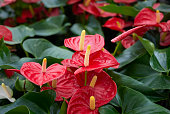
Ficus benjamina

Ficus are plants that are found in the interior of our homes, because they are very easy to care for and because of their quick adaptation to the interiors. It needs a very bright place, trying not to be exposed to the sun directly, although it may gradually get used to the sun’s rays, so as not to cause burns, although in hot climates it can be grown outdoors, supporting full sun, although it prefers semi-shadow.
Cactus and succulents
Both cacti and succulents are very easy to grow indoor plants as they require little care and are resistant to pests and diseases. The only thing they require is to be located in sunny areas or with the greatest sun exposure, and better to water them little or nothing than a lot. If you want to know more about these plants, you can see more information here.
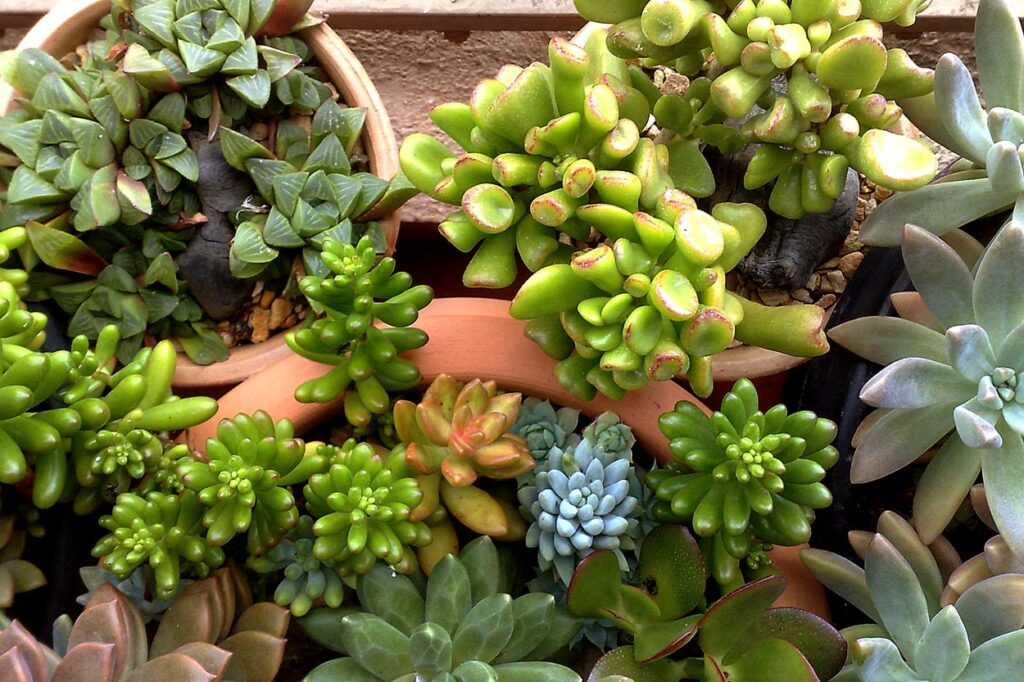
Potus
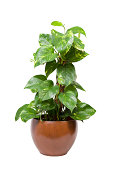
Its scientific name is Epipremnum aureum, it is a species of the Araceae family native to Southeast Asia (Malaysia, Indonesia) and New Guinea. It is one of the plants that you can have in a pot with soil or only in water. In order for them to grow well, we must provide them with indirect medium light; it tolerates intense light, but long periods of direct sunlight burn the leaves.
Peperomia
It is a plant native to the tropical and subtropical regions of the Pacific Ocean area. It belongs to the Piperáceae family and they are plants with fleshy leaves. Its leaves have a great showiness and help interior decoration, due to its leaves, not its flowers. If we have it indoors, we must place it in a well-lit place but without the sun’s rays falling directly on the leaves. It is very resistant to pests, the only thing that can attack is the shell. If the summer is too hot and dry, the spider mite can also become a problem.
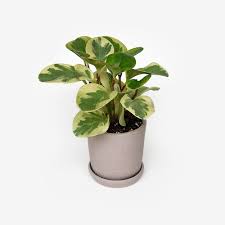
Ribbons

Their scientific name is Chlorophytum comosum, they are formerly known as bad mothers because they take their suckers out on hanging stems as if they were expelled from the pot. It is native to South Africa and is a hanging plant. The varieties with the edged leaves require more light than those that are totally green. But they hold up in almost any location, from the sunniest to the shadiest. The tapes are mainly affected by the mealybug and aphids, to eradicate these pests you can learn more about them here.
Tillandsia
It is a plant that requires almost no care, but it is important to keep it in a very bright space, but without direct exposure to the sun. Its scientific name is Tillandsia aeranthos, and it is popularly known as air carnation or aerial carnation. This plant is of the epiphytic type and belongs to the genus Tillandsia. Within this genus we have the bromeliad family where bromeliads are found. It is an aerial species native to the American continent. It is found from the United States to the regions of Mexico and some Pacific Islands. In its natural habitat it can be found both in deserts and in tropical forests.
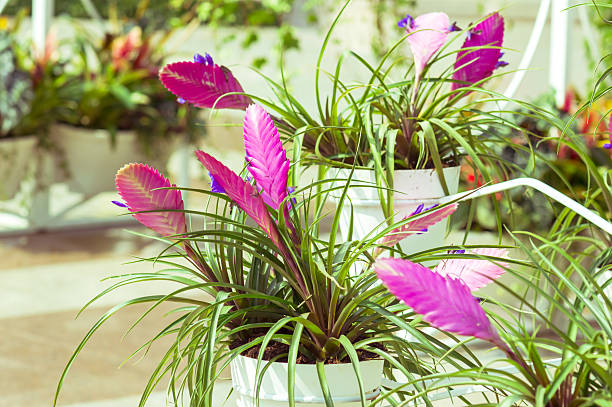
Crown of christ
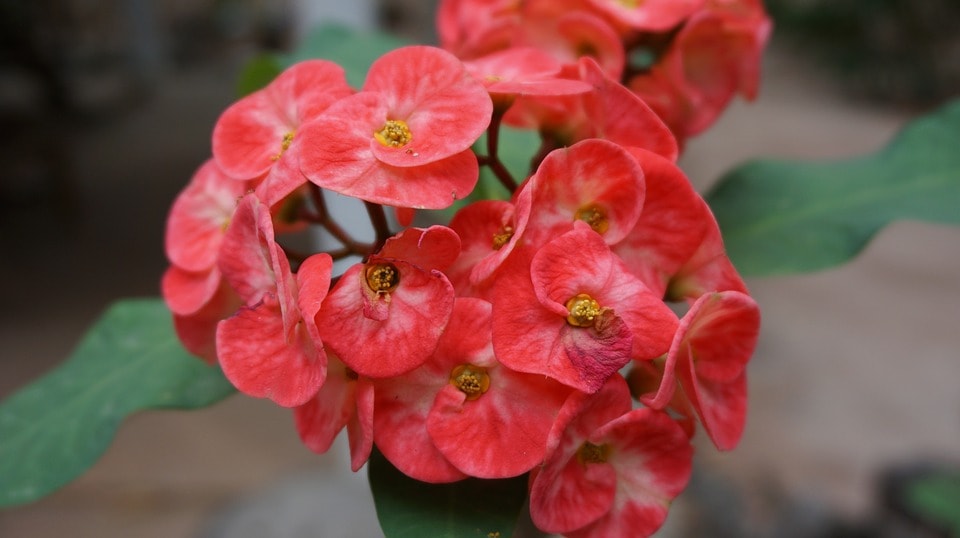
The Crown of christ plant is native to the island of Madagascar, but today we can find it in many countries with tropical and subtropical areas. Its scientific name is Euphorbia Milii, originated from Euphorbus, which was the name of the doctor of Greek origin of King Juba II of Mauritania who used plants of this genus for medicinal use.
Jade tree
Its scientific name is Crassula ovata, it is a succulent native to South Asia and belongs to the Crassulaceae family. This plant is tree-shaped with a brown and highly branched trunk. It needs a lot of lighting, if it is indoors, it should be close to the window, so that it receives the rays of the sun. It is very resistant to pests, but can sometimes be attacked by mites, snails and mealybugs. Jade tree is very easy to propagate, as it can be both by stems and by its leaves.
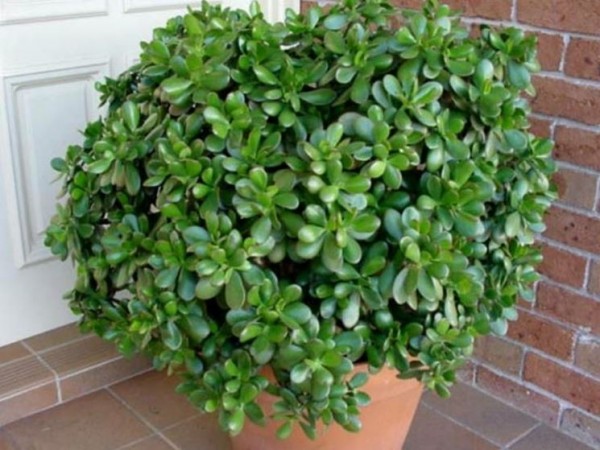
Christmas Cactus or Santa Teresita

Its scientific name is Schlumbergera, but it is popularly known as the Christmas cactus, Santa Teresita or finger of God. It belongs to the cactus family. It blooms in winter, it is very typical on Christmas dates, hence its common name. Christmas Cactus needs abundant lighting, but without exposing it directly to the sun, to avoid burning its leaves. Among the pests that affect it are aphids and mealybugs.
Trunk of Brazil
Its scientific name is Dracaena fragrans Massageana, it belongs to the Asparagaceae family and is native to Brazil. It needs abundant luminosity, although it should never be placed directly in a place exposed to the sun. This plant is usually attacked by mealybugs, aphids, fungi and spider mites that deteriorate the beauty of the plant and its health. This is a very easy-to-care houseplant.
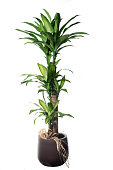
Fine leaf dracena
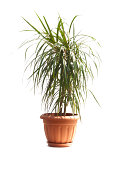
Its scientific name is Dracaena marginata and it is native to tropical Africa. They should not be exposed to drafts, to protect the integrity of their leaves. It is very good for cleaning the air in the home. The dracena is usually attacked by mealybugs and spider mites that deteriorate the beauty of the plant. This plant adapts to various lighting conditions, both in dark and lighter places it develops satisfactorily. The secret is that it should not be watered frequently, only when they see that the soil is dry, to avoid rotting its roots.
Living room palm tree
Its scientific name is Chamaedorea elegans, it is commonly called indoor palm or lounge palm, it belongs to the Arecas family. It is native to the tropical areas of Central America, especially Mexico, Guatemala and Belize. To develop in optimal conditions it needs warm temperatures and sunny climates. It should not be exposed directly to the sun’s rays, to avoid burning its leaves. The two main pests that attack it are the spider mite and the mealybug.
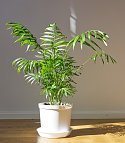
Kalanchoe

It is a succulent of the Crassulaceae family, of African origin. It has many medicinal properties such as its anti-inflammatory function and to prevent kidney stones. Kalanchoe has more than 125 species. It needs abundant lighting for its development. These types of plants are usually attacked by two types of pests: the red spider and caterpillars.
Aloe vera
Better known for Aloe Vera, Acíbar or Aloe de Barbados, among others, it is a succulent species native to Northwest Africa, Arabia. It is used not only as a decorative plant, its fundamental use is due to its medicinal properties. This plant requires little care in addition to being quite easy to treat, and must have abundant lighting.

The spatifilo
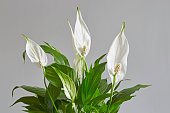
Its scientific name is Spathiphyllum Wallasii, it is also known as the White Flag, the Cradle of Moses, White Candles, Peace Lily, or Spatifilo. It is a good air purifier. It needs good lighting for its growth and flowering.
Elephant foot
Formerly known as Nolina recurvata, also called the elephant’s foot, it has recently been classified in the genus Beaucarnea. Its scientific name is Beaucarnea recurvata, it is a succulent plant native to Mexico. It needs plenty of light and should not be watered very often.
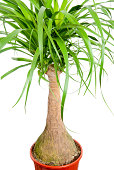
Ceropegia woodii
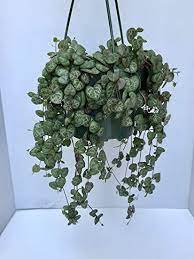
This plant is native to South Africa and is also known as Rosary Creeper or Rosary of hearts. It is a hanging climbing plant and prefers all possible indirect lighting. It is affected by some pests such as mealy bugs, aphids and slugs.
Maranta leuconeura
This plant is an exotic plant native to the rainforests of South America, Brazil. It belongs to the Marantaceae family. It is also known as the “Prayer Plant”. Maranta leuconeura gets its name because it follows the rhythm of the sun: it unfolds the leaves during the day to absorb light and regulate humidity, and folds them back slightly at night. It should be in the shade, but with good lighting and with abundant humidity, without flooding the roots of the plant. Among the pests that affect it are the mealybug and the red spider.
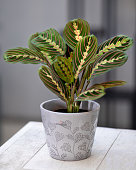
Croton
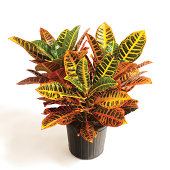
Its scientific name is Codiaeum Variegatum Pictum, it belongs to the Euphorbiaceae family (Euphorbiaceae) and is native to the South Pacific. Its main characteristic is the great color of its leaves. It should be located in a place with abundant luminosity, but avoiding the direct incidence of the sun’s rays. The soil must be kept moist, but avoiding waterlogging. It is affected by some pests such as the mealybug and the red spider.
Ferns
They are vascular plants that do not have flowers and do not produce seeds, but reproduce by means of spores. Almost 10,000 types of ferns have been recorded. These indoor plants do not tolerate low temperatures, nor do they tolerate excessively high temperatures. Indoor ferns may contract certain diseases, however, they are usually resistant and do not succumb to any.
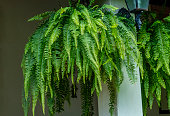
Calathea

This plant belongs to the genus of perennial herbaceous plants of the Marantaceae family. It is an indoor plant with very striking leaves due to their color and shape. It has its origin in Central America. You need good lighting, but indirectly. As for watering, you need to have the substrate slightly humid throughout the year.
Ivy
Its scientific name is Hedera helix “Golden Marco” and it belongs to the Araliaceae family (Araliaceae). It is native to Europe and it can be grown indoors. It needs abundant humidity and not be exposed to drafts or direct sunlight, although it does need good lighting. Ivy is perfect for hanging in pots. It is affected by aphids, mealybugs, spider mites and thrips.

Clivia
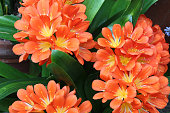
Clivia is one of the easiest indoor plants to grow that blooms during the winter. It belongs to the Amaryllidaceae family, and its scientific name is Clivia Miniata. It is also known as the native lily or Kaffir lily. Clivia Miniata is native to South Africa and needs good lighting, but without being directly exposed to the sun, as it can burn the leaves. The Clivia needs moderate watering, needs good drainage and does not allow flooding, as they would damage the bulbs. Among the pests that affect it is the mealybug.
Cimbidea
Its scientific name is Cymbidium spp., But it is popularly known as Cymbidium, Cimbidio, Cymbidium hybrids. It belongs to the Orchidaceae (Orchidaceae) family. This plant is native to Asia and was one of the first varieties of orchids to be sold as an indoor specimen. It is one of the simplest varieties of the orchid to grow, and it offers us a large number of flowers. It is necessary to place it in a ventilated place with good lighting, but without drafts, to prevent its flowers from detaching from the stems and without being directly exposed to the sun. Usually attacked by mealybugs and spider mites.
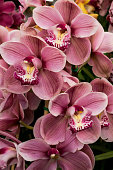
Once you know the characteristics of these plants, which one do you prefer to decorate the interior of your office or home? Let me know in your comments here.

Share this content:
